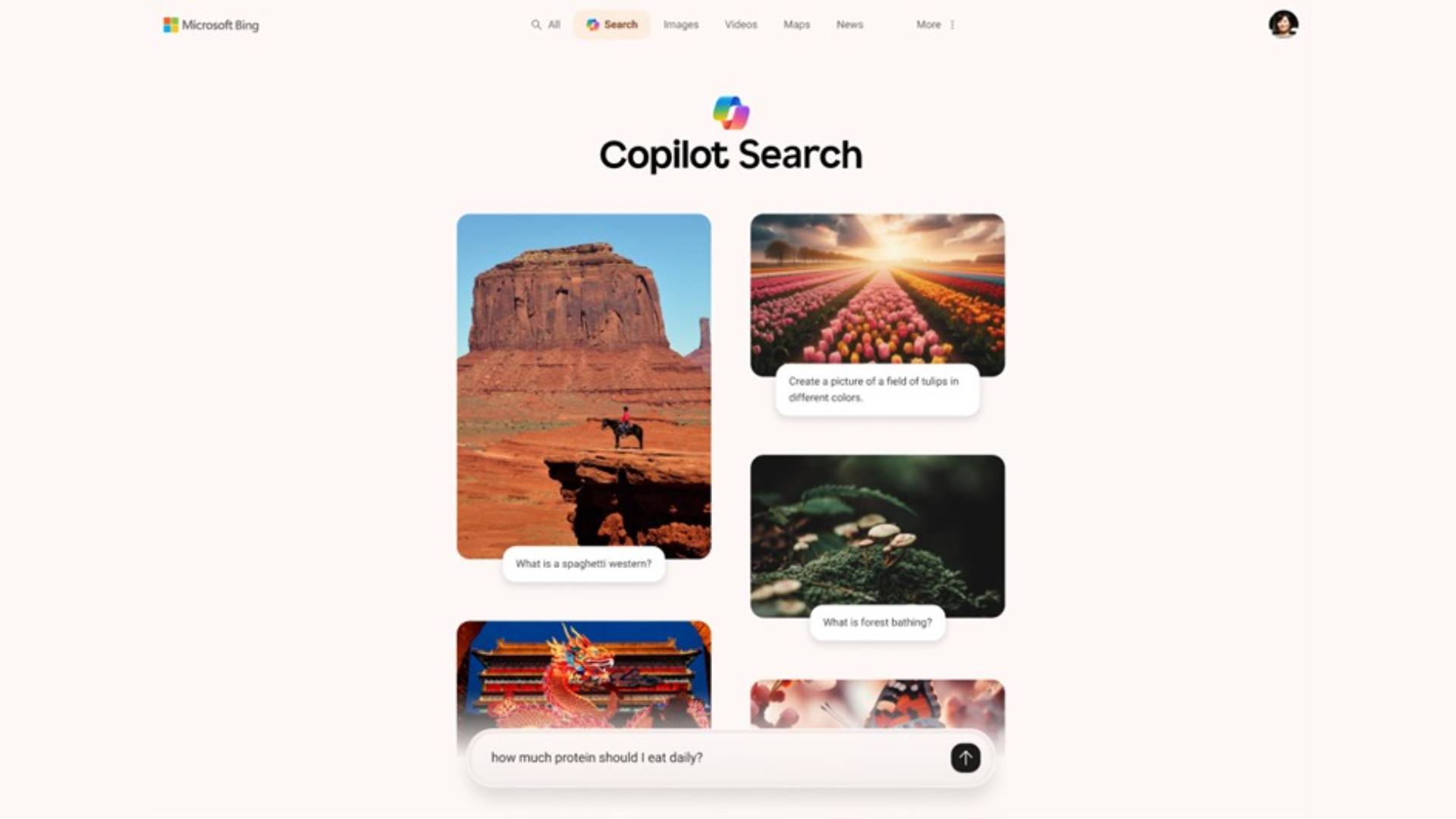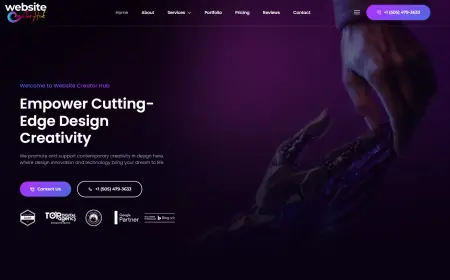Web Design and Core Web Vitals: What You Need to Know

In the ever-evolving world of website development, web design in Qatar is becoming increasingly important. As businesses in the region focus on enhancing their digital presence, understanding the impact of core web vitals has become critical. Google’s Core Web Vitals are essential for ensuring a seamless user experience, and they directly influence how websites perform in search engine rankings. In this article, we will explore what Core Web Vitals are, why they matter, and how they relate to web design, with a special focus on the needs of businesses in Qatar.
What Are Core Web Vitals?
Core Web Vitals are a set of user-centered metrics that measure the performance of a website. These metrics focus on factors that directly affect how users experience a site, such as loading time, interactivity, and visual stability. Core Web Vitals are part of Google’s Page Experience Update, which is designed to ensure websites are optimized for user experience and mobile-first browsing.
The Three Key Core Web Vitals
Core Web Vitals consist of three main metrics:
-
Largest Contentful Paint (LCP):
This measures how quickly the largest visible content element on the page loads. A fast LCP ensures that users can start viewing the content without delay. The goal is to have the LCP load in under 2.5 seconds. -
First Input Delay (FID):
FID measures the time it takes for a user to interact with a page, such as clicking a button or a link. A low FID ensures that the site is responsive to user interactions. The ideal FID is less than 100 milliseconds. -
Cumulative Layout Shift (CLS):
CLS measures the visual stability of a page. It quantifies how much content shifts around as the page loads. A page with a high CLS can cause frustrating experiences for users, such as accidental clicks or misplaced text. The goal is to keep the CLS score below 0.1.
Why Core Web Vitals Matter for Web Design
Core Web Vitals have become an essential part of Google’s search ranking algorithm. Websites that perform well on these metrics are more likely to rank higher in search results. As Google continues to prioritize user experience, businesses must pay attention to these metrics to stay competitive.
For web design in Qatar, this is especially important. With the increasing use of mobile devices and the rise of e-commerce in the region, ensuring a fast, interactive, and stable website is crucial for retaining customers. A slow-loading website or one that is difficult to interact with can lead to high bounce rates and lost sales.
Impact on User Experience
User experience (UX) is directly impacted by Core Web Vitals. A website that loads slowly, is unresponsive, or shifts its layout unexpectedly will frustrate users. This can lead to negative experiences that harm a brand’s reputation. In contrast, a website that is fast, responsive, and stable can create a positive impression, encouraging users to stay longer and return in the future.
Impact on SEO
Google has explicitly stated that Core Web Vitals are a ranking factor. This means that websites with better performance on these metrics will have an advantage in search rankings. For businesses in Qatar, this translates to better visibility in search results, leading to more organic traffic and greater opportunities for conversions.
How Web Design Affects Core Web Vitals
Web design plays a crucial role in determining the performance of a website’s Core Web Vitals. By optimizing various aspects of design and development, businesses can improve these vital metrics and create a better experience for their users.
1. Optimizing Page Load Speed (LCP)
One of the most important aspects of web design is ensuring that pages load quickly. A slow page load can result in a poor LCP score, which will negatively affect both user experience and search rankings. Several design elements can impact page load speed:
-
Image Optimization: Large images can significantly slow down page load times. Compressing and resizing images ensures that they load faster without sacrificing quality. Tools like WebP image format or lazy loading can help improve loading times.
-
Minimizing JavaScript and CSS Files: Excessive or unoptimized code can delay the rendering of a page. Minifying and combining JavaScript and CSS files can improve load times.
-
Server Performance: The choice of hosting server and the server’s performance can affect LCP. Opting for faster servers with low latency can speed up content delivery.
2. Enhancing Interactivity (FID)
A website’s interactivity is determined by how quickly it responds to user input. To improve FID and provide a better experience, consider the following:
-
Optimize JavaScript: Heavy JavaScript files or complex scripts can delay user interactions. By reducing the amount of JavaScript executed during page load, you can ensure quicker interaction times.
-
Prioritize Visible Content: The content that users see first should be prioritized. By using techniques like "above-the-fold" loading, the website can render interactive elements faster, leading to a better FID score.
-
Use Efficient Third-Party Scripts: Third-party scripts such as ads, social media widgets, or tracking codes can delay user interaction. Optimizing or reducing the use of these scripts can enhance the FID.
3. Preventing Layout Shifts (CLS)
Visual stability is key to a positive user experience. A layout shift can occur when content moves unexpectedly as the page loads, causing users to click on the wrong element or experience confusion. To avoid this:
-
Set Size for Images and Videos: Define the dimensions for images and videos before they load to prevent layout shifts.
-
Avoid In-Page Ads: Ads that appear suddenly can cause the page layout to shift unexpectedly. By placing ads in fixed positions or using non-intrusive ad formats, you can reduce CLS.
-
Use Web Fonts Carefully: Flashing or shifting web fonts can disrupt the layout. Make sure to use font-display: swap to avoid rendering issues.
Best Practices for Web Design in Qatar
For businesses in Qatar, optimizing Core Web Vitals should be a priority to ensure a competitive edge. Here are some best practices for improving web design:
1. Mobile-First Design
With the increasing use of mobile devices in Qatar and around the world, it’s crucial to design websites that work well on mobile. Mobile-first design ensures that websites are optimized for smaller screens and slower internet connections, which can improve Core Web Vitals. Responsive design, fast loading times, and mobile-friendly content are essential components of this approach.
2. Local Hosting Solutions
To improve page speed, businesses in Qatar should consider hosting their websites locally or using a content delivery network (CDN) with servers close to the region. This will reduce latency and improve page load speeds, positively impacting the LCP score.
3. Prioritize User Experience
Creating a seamless user experience is key to improving Core Web Vitals. This includes ensuring fast page load times, interactive elements that work smoothly, and a stable layout that doesn’t shift unexpectedly. Conducting user testing and analyzing feedback can help identify areas for improvement.
4. Regular Monitoring and Updates
Core Web Vitals are not one-time tasks but ongoing concerns. Regularly monitor the performance of your website using tools like Google PageSpeed Insights, Lighthouse, or Web Vitals Extension. These tools provide valuable insights and can help you identify any performance issues that need attention.
Conclusion
As the digital landscape in Qatar continues to grow, web design becomes an increasingly important factor for businesses looking to thrive online. Core Web Vitals are essential for creating a fast, interactive, and stable website that can enhance user experience, boost SEO rankings, and improve conversion rates. By prioritizing Core Web Vitals in web design in Qatar, businesses can ensure they provide the best possible user experience and stay ahead of the competition.
By optimizing page load speed, interactivity, and visual stability, companies can meet the standards set by Google and deliver a high-quality website that benefits both users and the business. Whether you're a local startup or an established enterprise, understanding and implementing these principles is crucial for success in today’s digital world.
What's Your Reaction?
 Like
0
Like
0
 Dislike
0
Dislike
0
 Love
0
Love
0
 Funny
0
Funny
0
 Angry
0
Angry
0
 Sad
0
Sad
0
 Wow
0
Wow
0



















































